Background
While my HOn3 Silverton Northern Railroad (SN) has already celebrated its 25th Anniversary, I really started modelling narrow gauge in the early 1980s. I was happy building an HO short line layout until I attended a presentation in Sydney by Malcolm Furlow on Colorado narrow gauge railroads and his Rio Chama RR. I became hooked and immediately purchased an HOn3 locomotive and some freight car kits.
I had no prototype in mind at first, but an article about the extension of the Silverton Railroad to Ouray, and then the purchase of a copy of The Rainbow Route resulted in a layout modelling Silverton, the Silverton RR and the Silverton Northern. Shortly after, I also became a member of the San Juan County Historical Society, which has proved a great decision as the folks there have provided so much great information and assistance over the years.
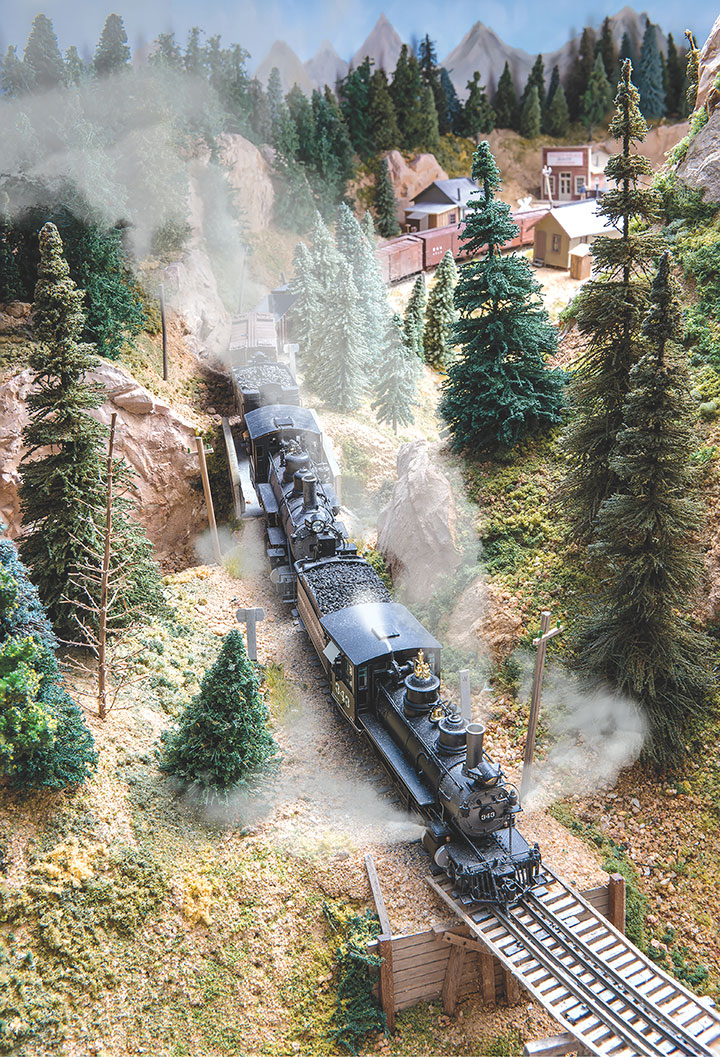
My first layout lasted about 10 years. The second, started in 1994, was built in a 20- x 12-foot shed on two levels joined by a 2½ turn helix. It had a generic Silverton, Burro Bridge, Red Mountain, and Ouray on the lower level, while the SN was the upper level with Howardsville, Eureka and Animas Forks. The helix also hid a 3-track storage yard for the lower level which represented either Durango or Ridgway.
The layout plans changed in 2004 when I attended the Santa Clara National Narrow Gauge Convention and then visited Silverton. I was just so taken by the scenery, the ambience and character of Silverton that I decided then and there that I had to model Silverton as it looked in 1941.
As soon as I got home, the helix and Ouray sections were removed, the Silverton area was enlarged, and track was re-laid so when I was finished I had what is the current SN. It still had the same two levels and basic configuration as the previous layout, except the two levels were now connected by a 4 percent grade commencing at Ironton.
This re-build led to three major outcomes. Firstly, I got to research and scratchbuild all those buildings in Silverton, and secondly, the sceniced areas on the layout were greatly increased.
However, in my excitement to complete these changes, I forgot about the replacement hidden staging area, and unfortunately my bench work construction methods meant I couldn’t include one without another major re-build. That moment of forgetfulness still hasn’t been resolved!
Since my SN, while set in 1941, does not strictly follow the prototype, I feel it can best be described as freelanced prototype. My philosophy is that while some scenes may not be quite correct for 1941, they are generally based on a prototype from an earlier period or come from another location in the Silverton area.
The main example of this philosophy is that since the SN tracks were in place and scrap trains ran in 1942, the SN could have been operating in 1941 if history had been different.
Other examples of this philosophy are that the Sunnyside Mill in Eureka is the pre-1917 wooden mill, the tracks to Animas Forks are still in use, and the towns of Eureka, Animas Forks, Red Mountain, Ironton, and Albany are bustling little communities and definitely not the near ghost towns they were in 1941. Furthermore, visitors notice that Albany looks a lot like Ophir, on the Rio Grande Southern RR, that the Shavano still runs from Salida to Durango through Silverton, and that my Ironton is the fictional junction for the D&RGW and Silverton Northern.

Layout Construction
The SN is basic and is operated by two DC hand-held throttles with five plug in points, so I can follow trains around the layout on both levels. The track is Shinohara code 70 flex track with #4 and #6 turnouts. Slide switches located on the edge of the layout are used to manually throw the turnouts and to route power.
In building a double deck layout, I decided to keep the upper deck as narrow as possible, both to eliminate shadows and to avoid compromising the lower-level scenes. As a result, the top shelf varies between 8- and 12-inches, with Eureka being modelled in a corner to offer maximum space for track and structures. The SN also features prototypical 2, 3 and 4 percent grades resulting from elevation changes included in the design, with Albany at 43-inches the lowest point, and Animas Forks at 60-inches the highest point of the layout. Lighting is provided by fluorescent tubes and LED strips mounted under the upper deck.
Scenery on the SN is a mix of hard-shell, plaster impregnated gauze on cardboard lattice, and carved sheet Styrofoam. Plaster rock castings, shale pieces, crushed sandstone, decomposed granite, kitty litter and ground foam from many different manufacturers cover those base surfaces.
There are 1500 trees on the layout, mainly the pines that form scene blocks or that run along the backdrops to give the illusion of more depth to the narrow shelves. Several Aspen groves have been included to establish the early Fall setting. The backdrops are based largely on photos of the area and given my basic artistic skills, I am reasonably pleased with the outcomes.
There are more than 150 structures on the layout, and of those 100 have been scratchbuilt. Most scratchbuilt structures are layout models built from photos, drawings or plans to capture the look of the prototype, but in many cases modified to fit the available space.
Most of the kit-built structures are in the downtown area of Silverton and were used because they have a resemblance to buildings in Silverton. Most of my structures are built on a styrene sheet base, both for ease of adding scenery and for ease of removal, if I decide to change a scene. One strong influence on the structures of the SN has been Anvil Mountain Models. Lowell Ross, an SN modeler, who owned the company, very generously shared some of his research with me, and that led to upgrades to several of my models and so there are 12 structures on the SN that have been either built from, or inspired by, AMM kits.
The SN has a stable of D&RGW locomotives — a K-28, three K-27s, a C-25, three C-19s, a C-18 and two C-16s, all of which, except one (K-27 #460), operated on the Silverton branch in the 1930–40s period. The rolling stock roster is around 100 cars, again mostly D&RGW but including about a dozen SN and RGS cars. The rolling stock is largely kit or scratchbuilt, with just 10 Blackstone Models cars in the roster.
Whilst trains on the SN have a prototype look, the reality is that in the era I model, the D&RGW Silverton mixed only ran once or twice a week and the SN only ran as required.
With this limited prototype operation and given there is no hidden staging that can be used as an off the layout destination, I don’t really have much scope for scheduled operations, and in fact, I have never operated my SN, as such.
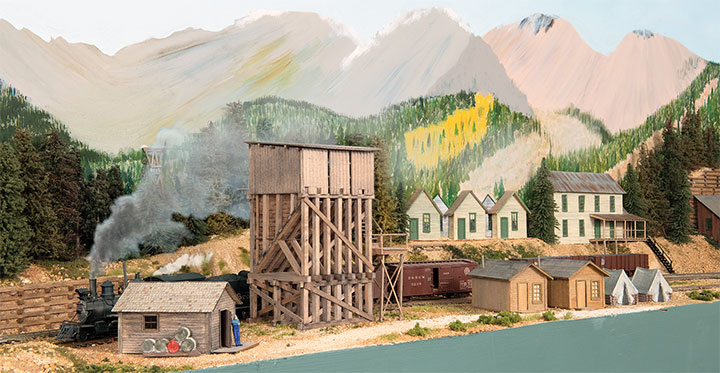
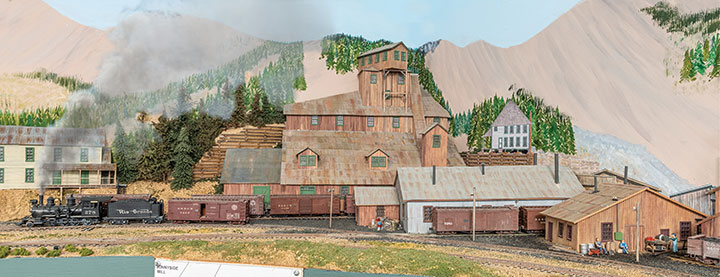

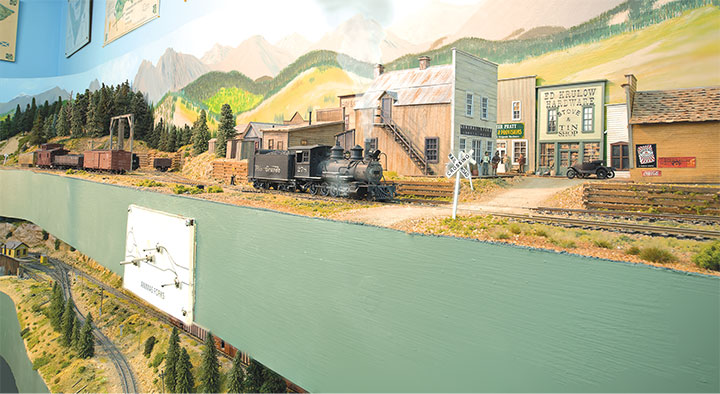
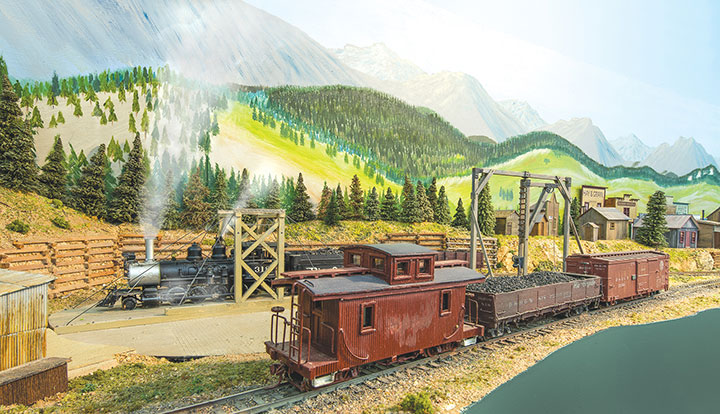
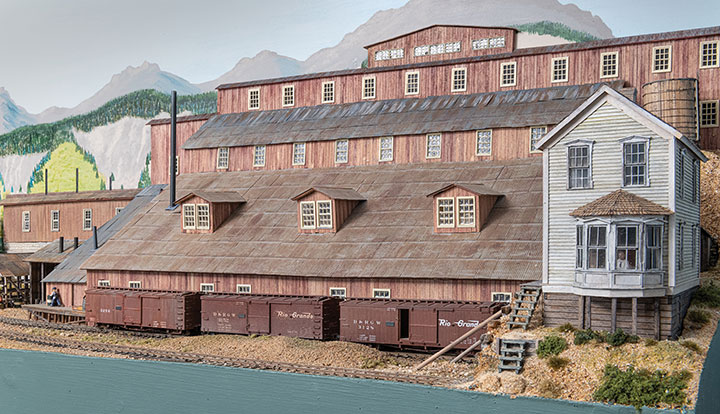
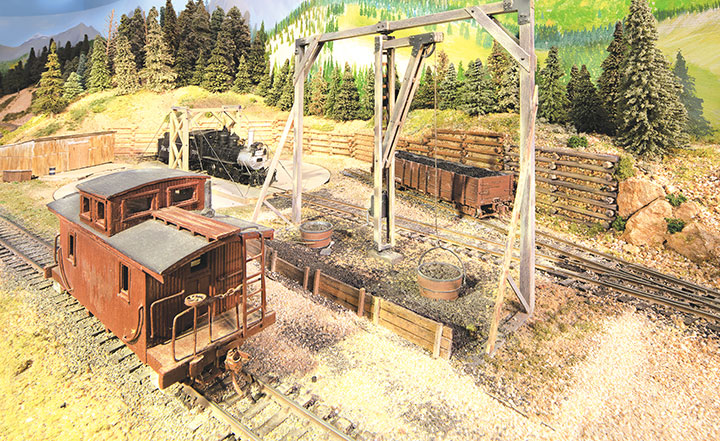
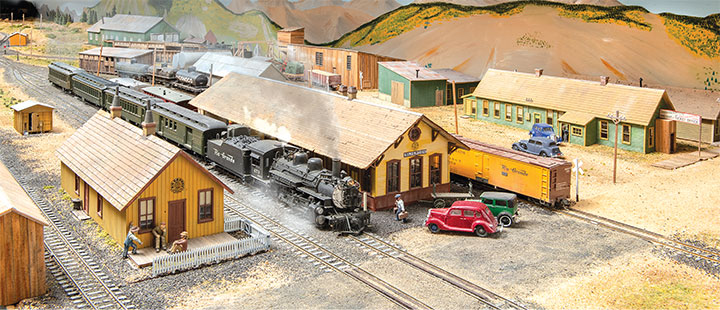
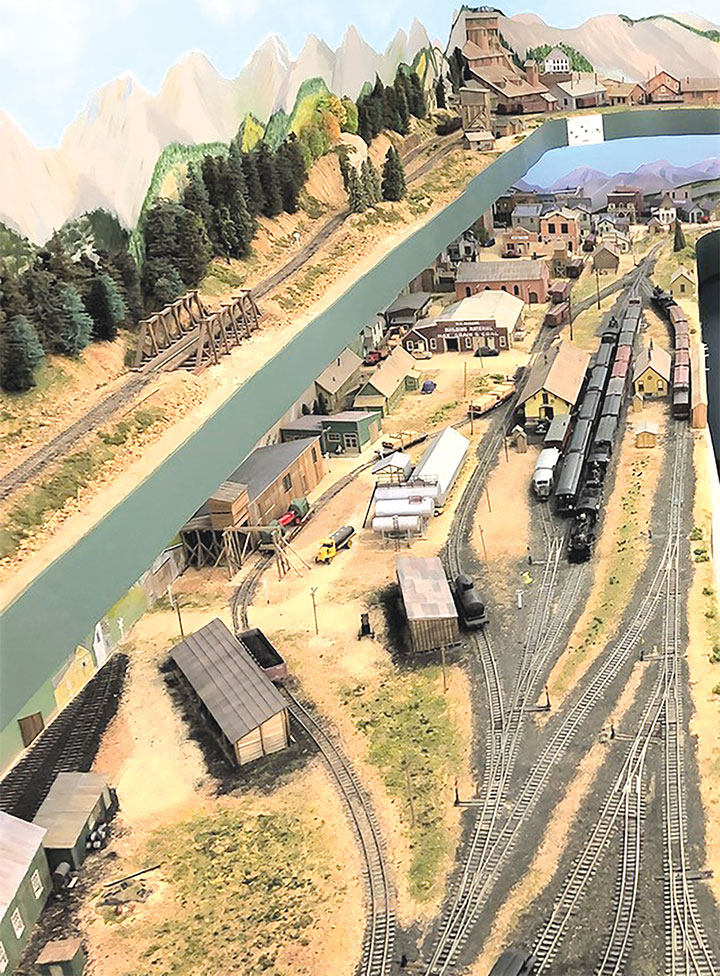
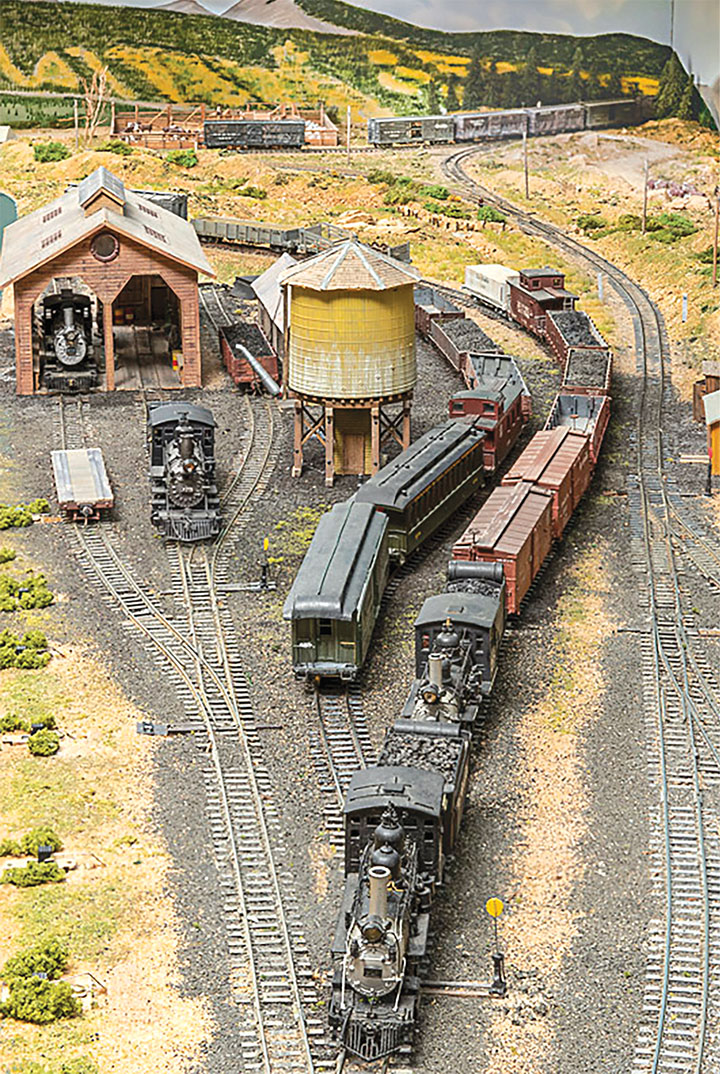
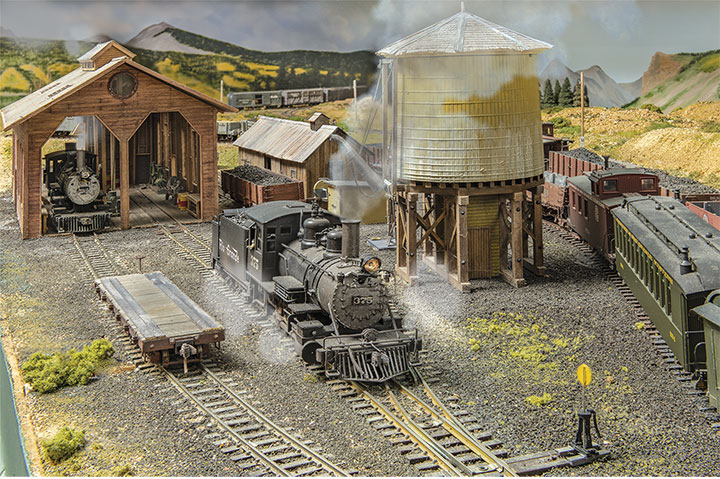
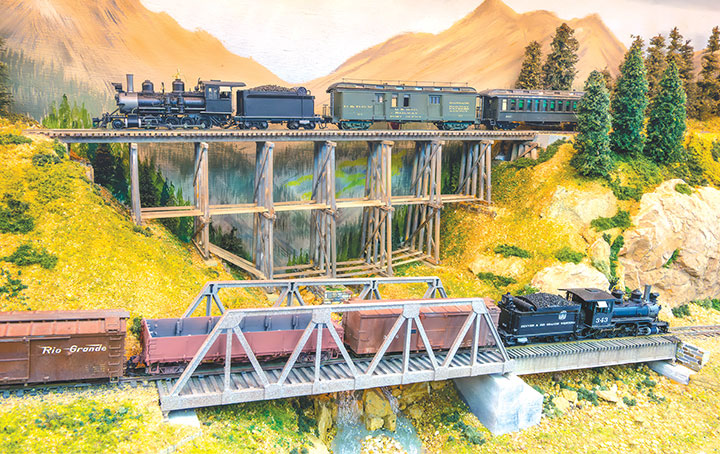
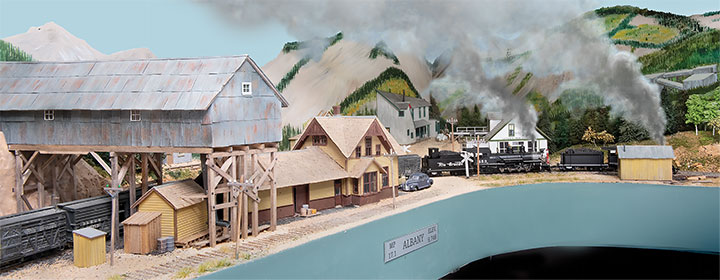
Future Plans
My philosophy in building the SN has always been to give a scene a basic layer of structures and scenery and move on, coming back to change or enhance scenes bit by bit.
So, while the SN is nearing “completion,” there is always more internet information becoming available and so plenty of project ideas to refresh the SN.
Future projects are replacing generic buildings in Silverton with Colorado prototypes, re-building part of the Red Mountain scene with structures from Hermosa and replacing the generic enginehouse in Silverton with the 2 stall D&RGW roundhouse that existed until 1937.
It goes without saying that I will eventually find a way to include a staging yard without needing another rebuild — that would be the icing on the cake!
So, after a journey of 35 years, I am more than happy with my efforts, and know I still have years of enjoyment ahead. Sure, while I wish I had done some things differently, the SN gives me a great deal of pleasure just watching trains run through the San Juan Mountains into Silverton.
Finally, I’d like to thank Keith McCarron for his photography skills that have so enhanced the look of the SN.